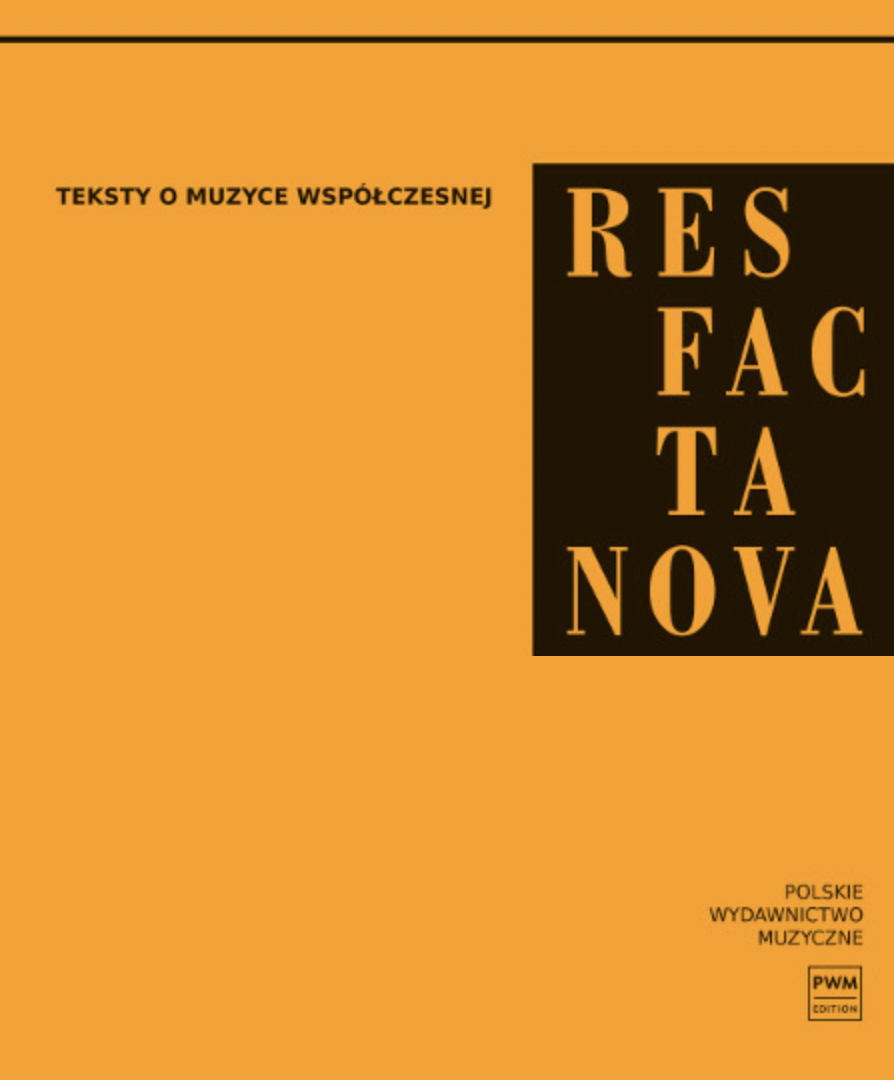Nimfa, Ariadna, Licori. Kształtowanie kobiecej tożsamości w dziełach Claudia Monteverdiego
Nymph, Arianna, Licori – the shaping of feminine identity in the works of Claudio Monteverdi
Author(s): Marcin BoguckiSubject(s): Fine Arts / Performing Arts, Music
Published by: Polskie Wydawnictwo Muzyczne
Keywords: opera; madness; lament; Claudio Monteverdi; gender
Summary/Abstract: This article analyses the way of setting lament and the theme of madness to music in the first half of the seventeenth century, on the example of the works of Claudio Monteverdi.At that time the way of expressing states on the verge of madness was the lament as a distinctive musical form in the course of the composition. The discussion takes as its point of departure one of the most famous examples of lament from early seventeenth century, Claudio Monteverdi’s The Nymph’s Lament – an emotional outburst by the eponymous heroine, held within bounds by a chorus of male voices. The work is analysed in its musical aspect as well as in the context of the “video clip” advertising Anna Prohaska’s album Enchanted Forest.An example of a lament by Monteverdi using other musical techniques is the monologue from the opera Arianna by its heroine, which became the model for later laments. Symbolically it presents a woman’s unsuccessful struggle for her right to individuality and the cultural role of arranged marriage. Its shape is influenced by the commedia dell’arte tradition.The first opera directly concerned with the theme of madness is Monteverdi’s La finta pazza Licori. Also in this case inspiration came from commedia dell’arte. Even though this work was not completed, the available versions allow us to reconstruct the composer’s intentions and to show how the theme of madness came to make its appearance on operatic stage
Journal: Res Facta Nova
- Issue Year: 2019
- Issue No: 20 (29)
- Page Range: 69-84
- Page Count: 16
- Language: Polish

